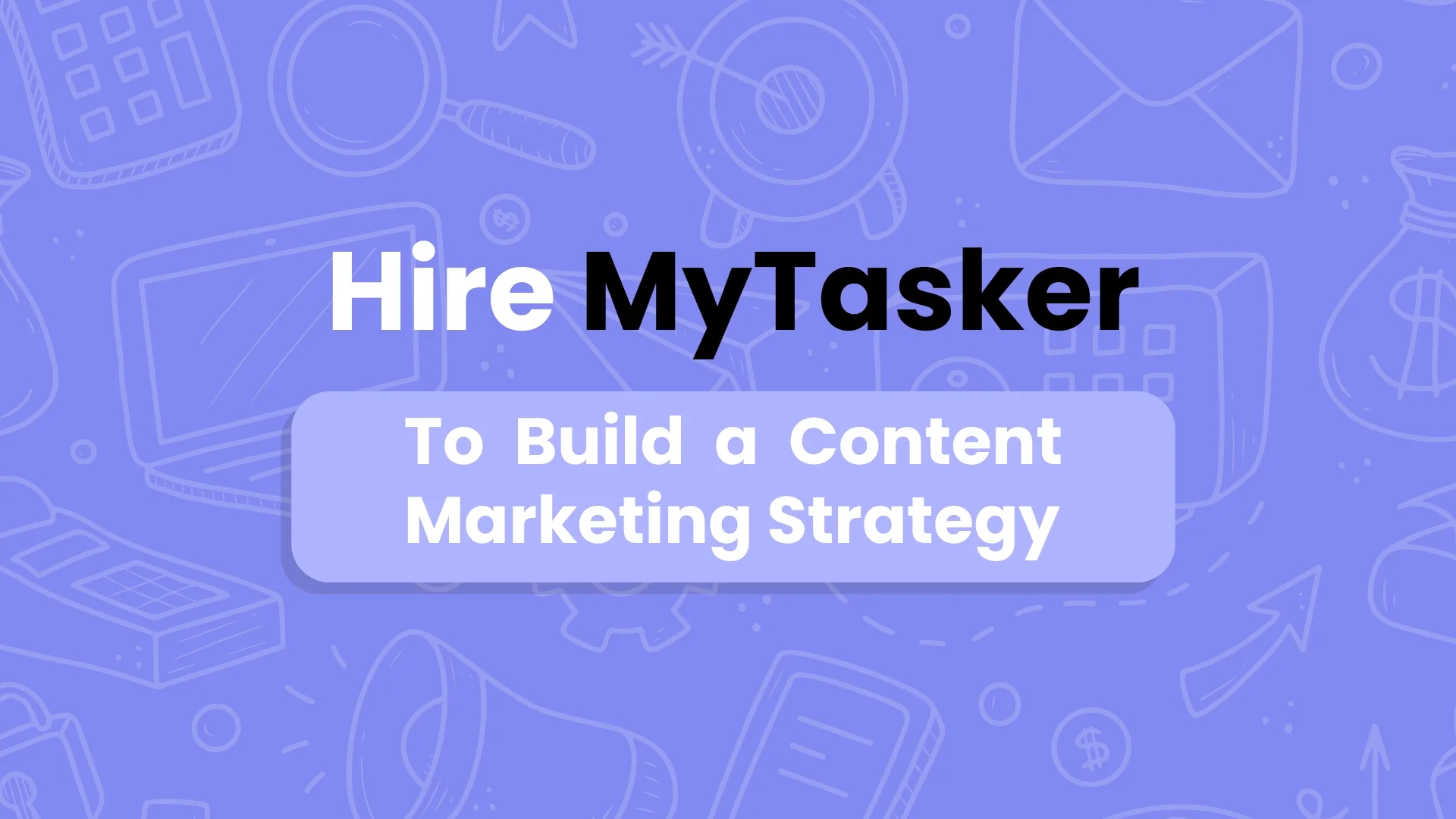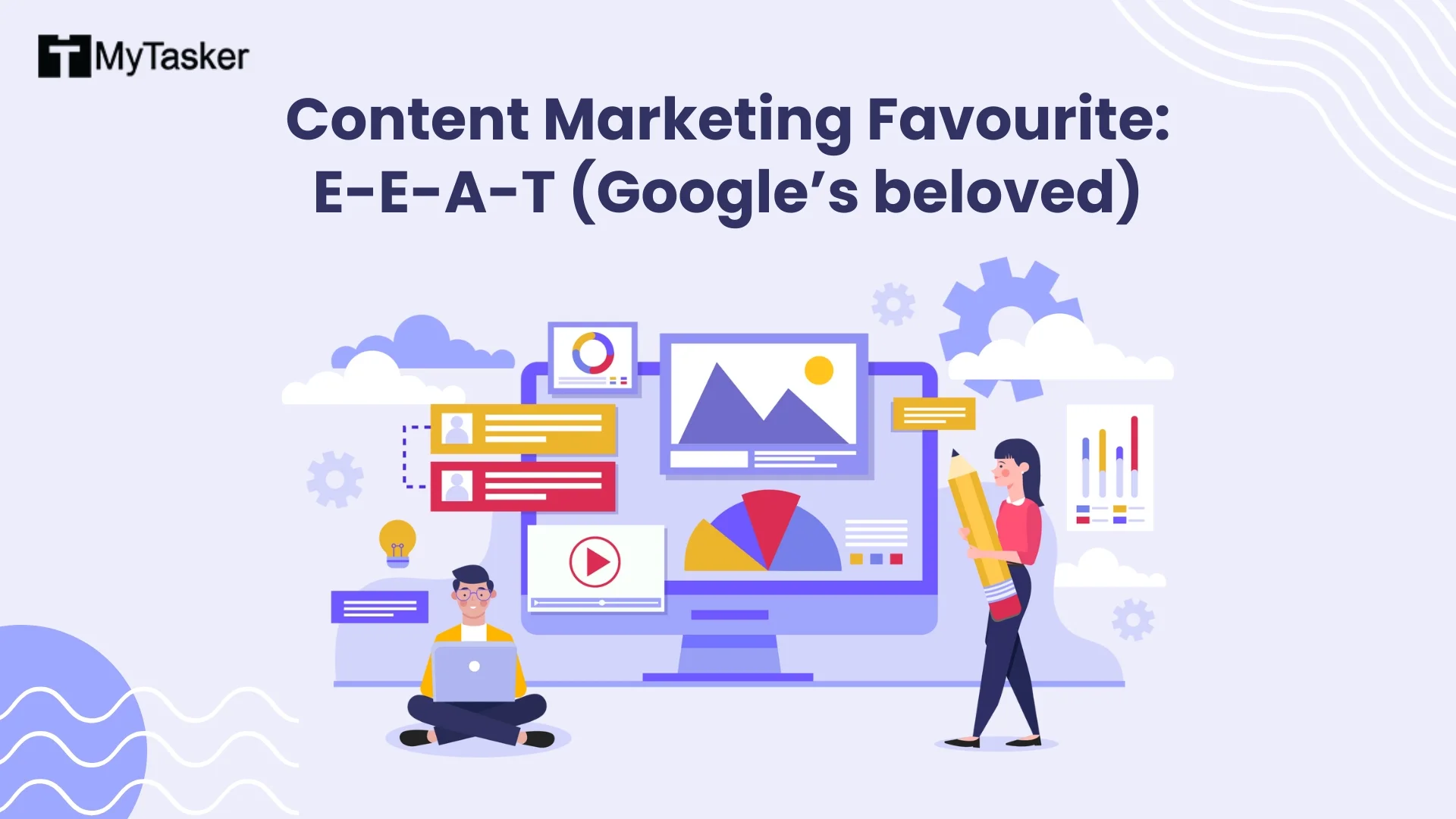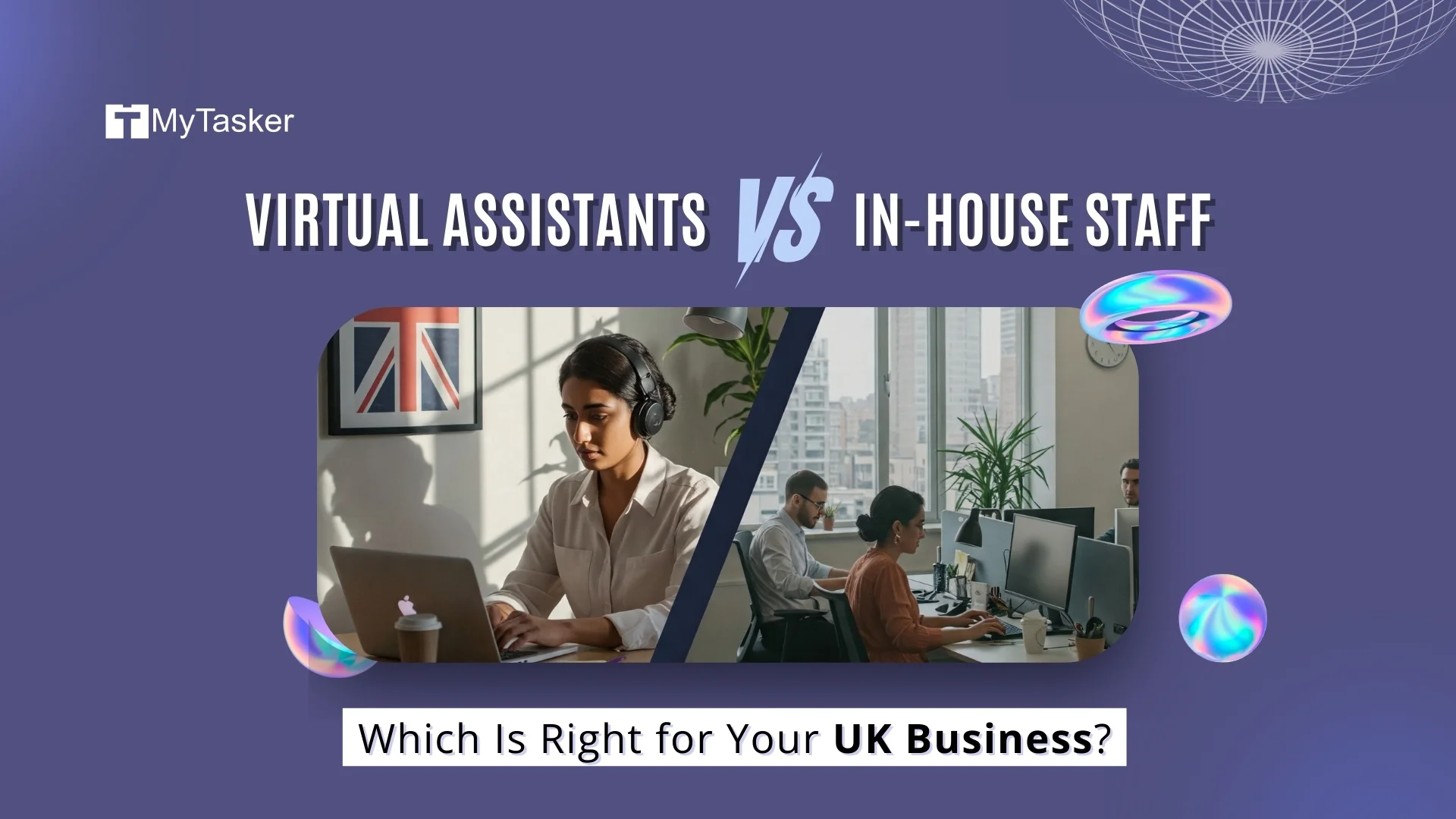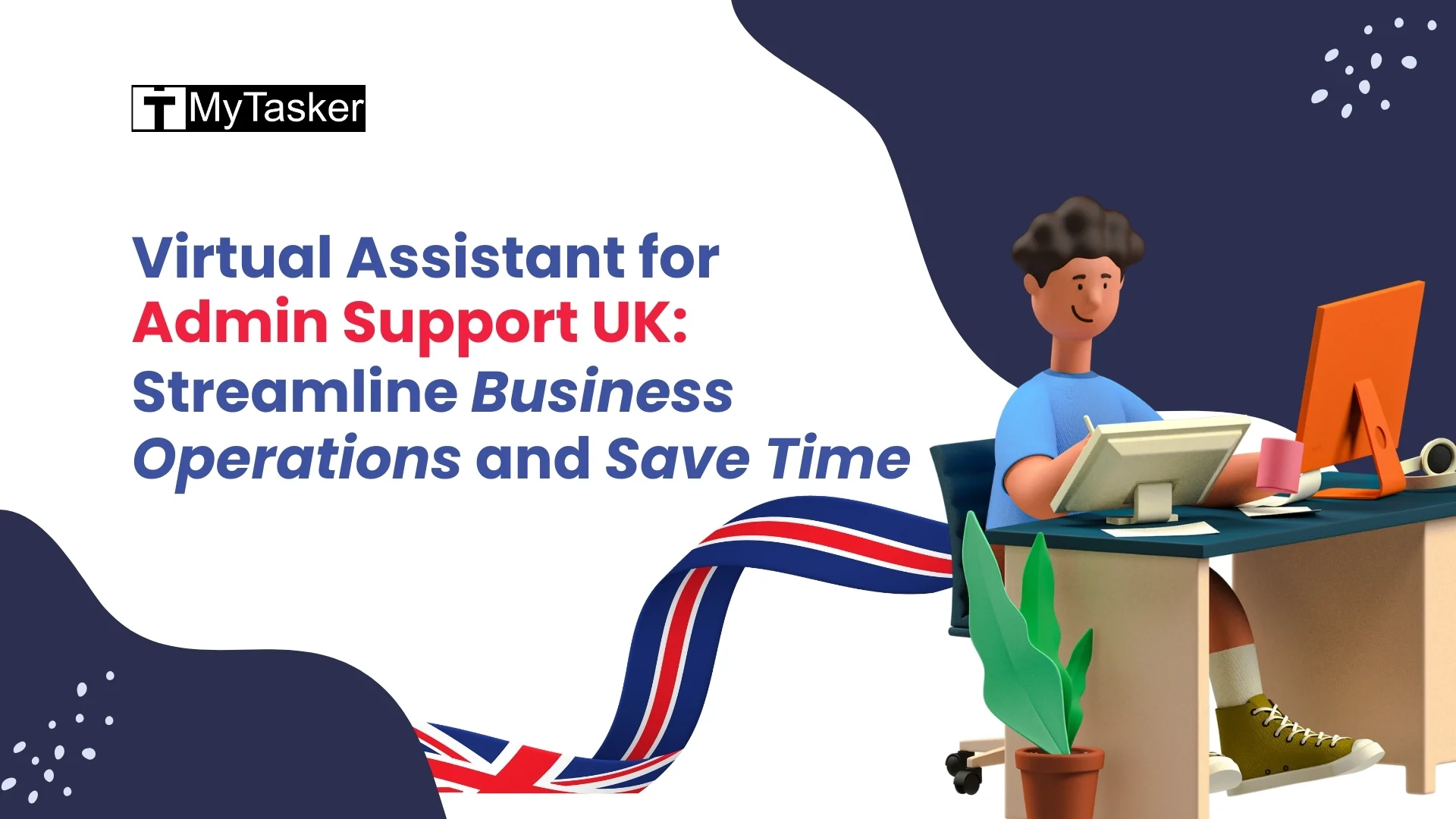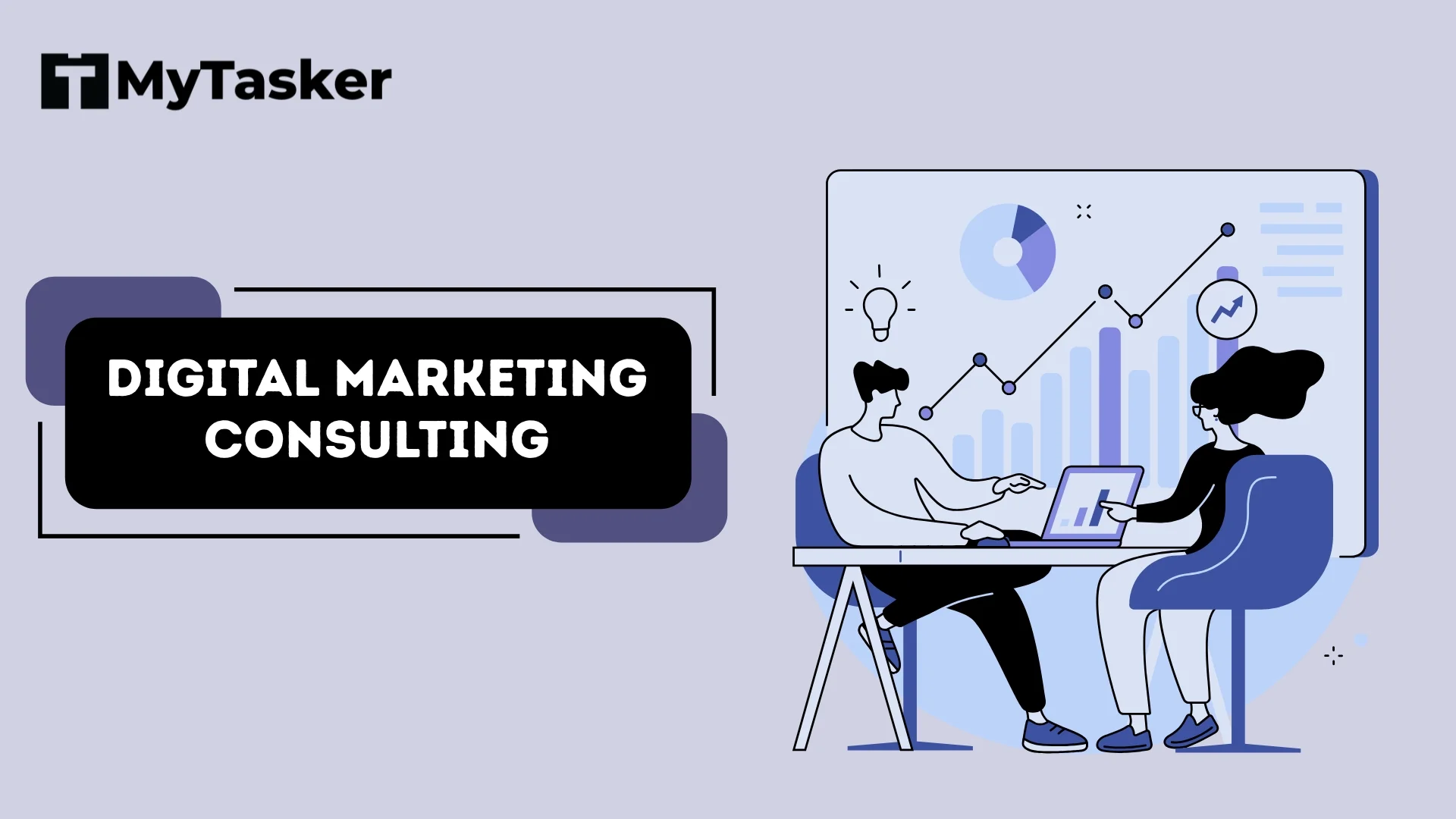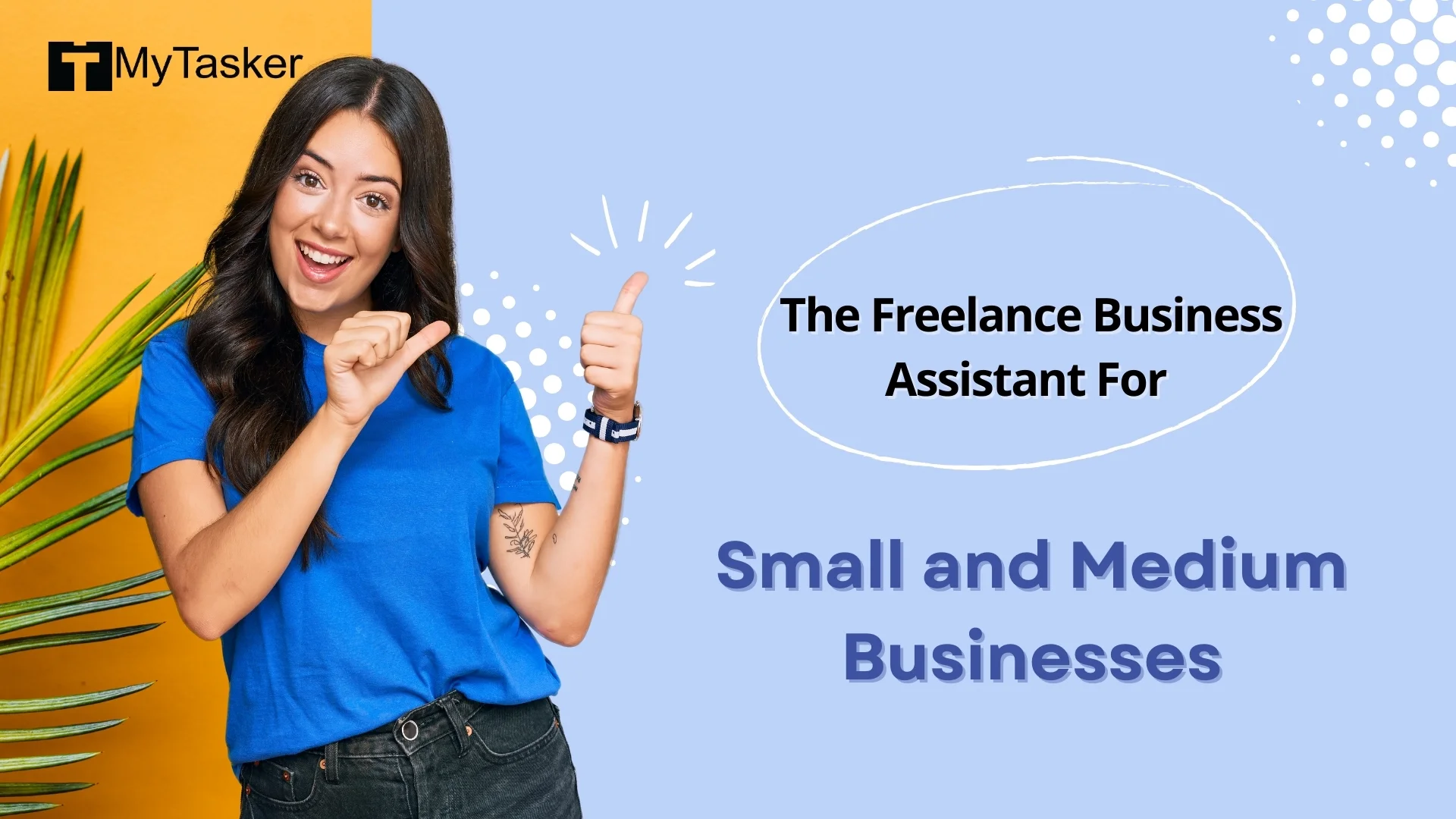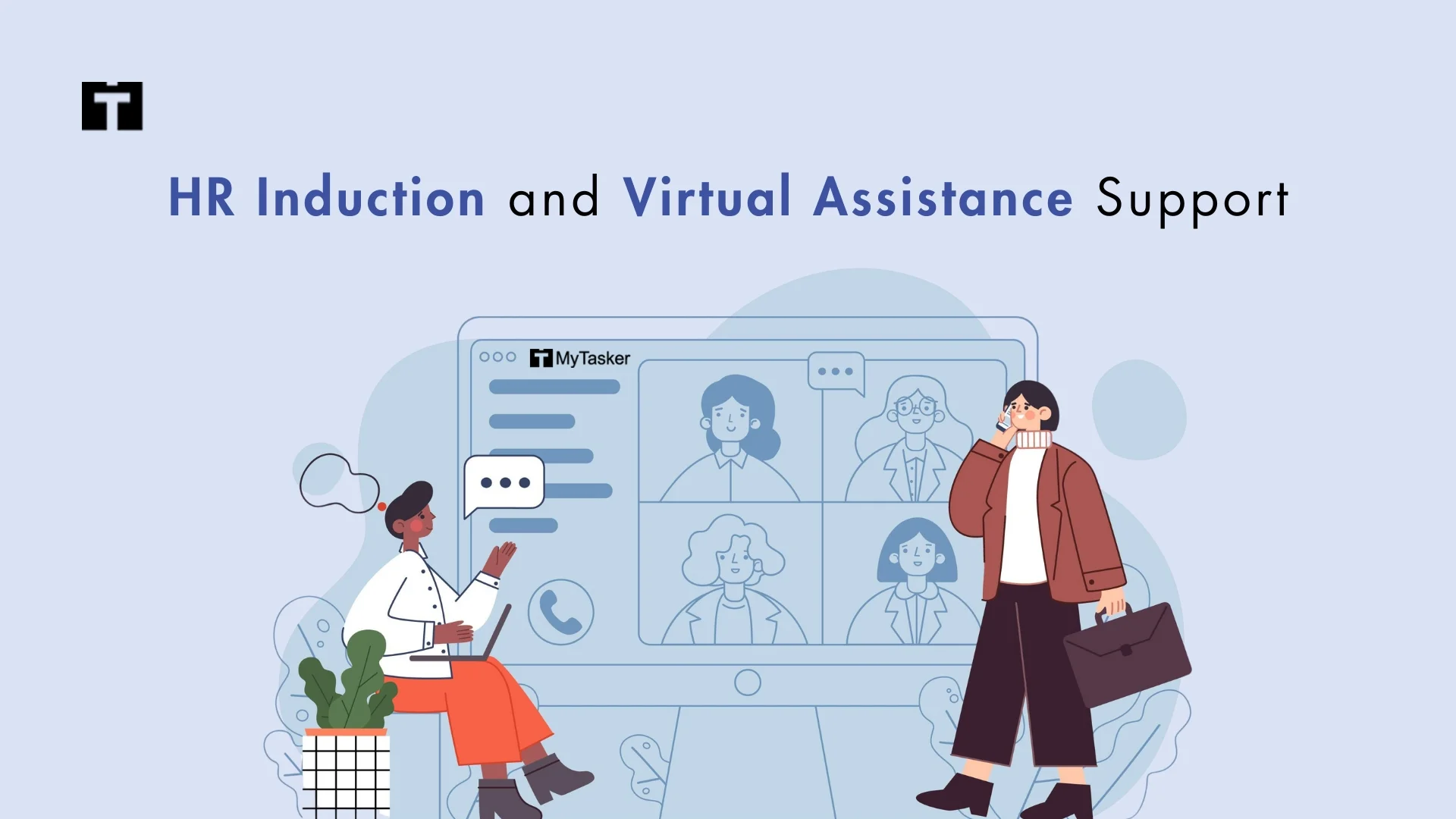Content Marketing is a form of marketing strategy by which valuable and relevant content is created and distributed aimed to attract a target audience. In order to create high quality content that will also have good rank in search results, content marketers can take help of a set of guidelines used by Google's search engine. This is known as E-E-A-T. The full form of E-E-A-T is experience, expertise, authoritativeness, and trustworthiness.
By applying the guidelines of E-E-A-T, content can be created which furnishes trustworthy information, establishes brand authority and also meets Google’s principles of credibility.
An article on Search Engine Journal discussed that Google is giving priority to content with fresh perspectives and original insights and not to any content based on already existing information.
Hence, the content created should be based on the creator’s first-hand experience and insights if it needs to rank high in Google’s evaluation of credibility and in the search results.
In this scenario, the guidelines of E-E-A-T play a crucial role in creating search-friendly content with fresh, insightful information.
Applying a combination of the principles of E-E-A-T and On-page SEO, such as creating a list of frequently asked questions with high search volume and low keyword difficulty, targeting various user intents, adding personal experiences, case studies, survey results etc. the content can be made both engaging for the target audience as well as search engine-friendly.
This article discusses these strategies in details:
What is E-E-A-T?
The full form of E-E-A-T is experience, expertise, authoritativeness, and trustworthiness. These parameters are used by Google to evaluate high quality and trustworthy content and this directly results in high search rankings.
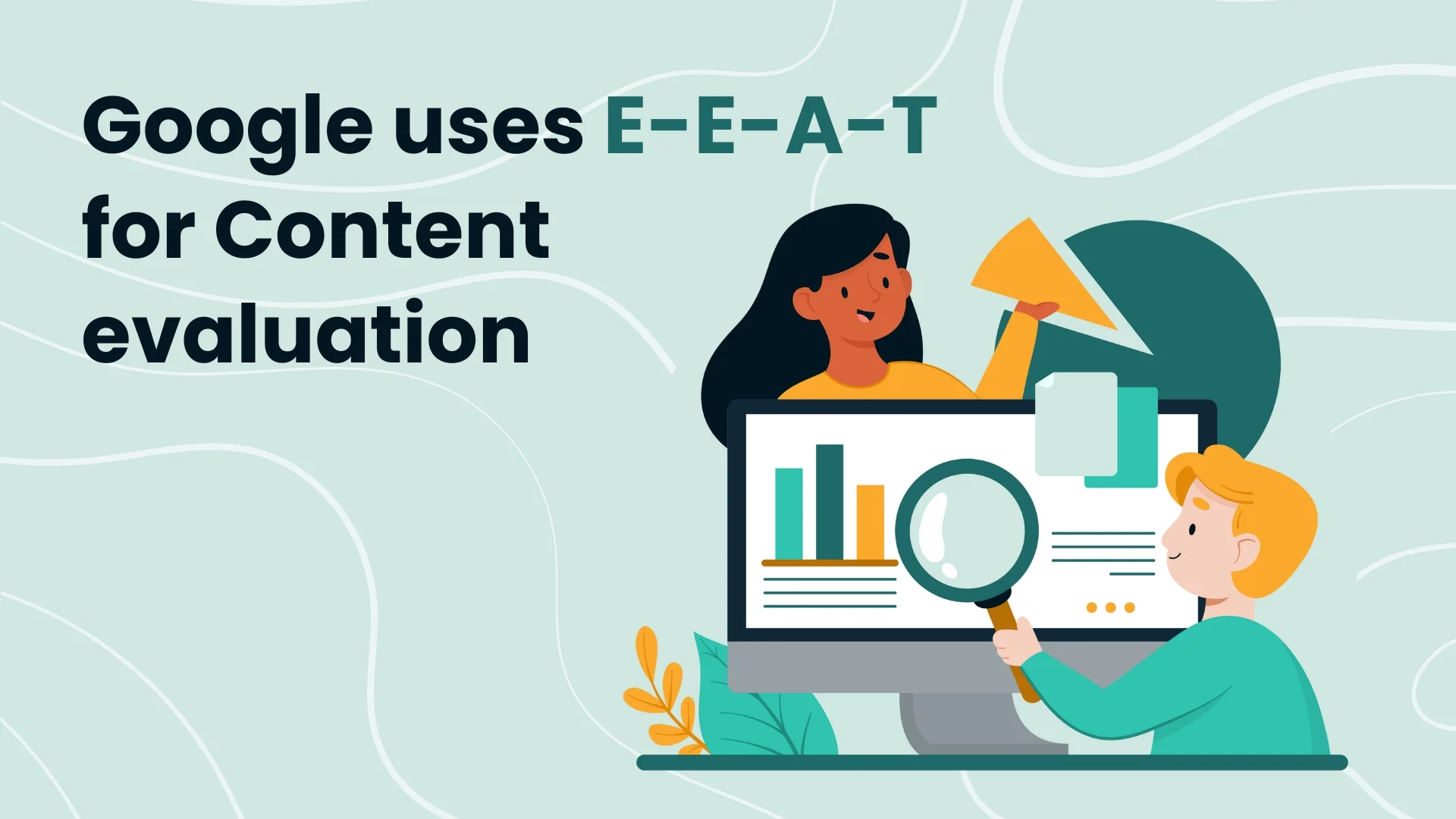
The Four Parts of E-E-A-T in Content Marketing
- Experience: Google evaluates if the content is based on the writer’s own first-hand experience. The content highly valued by the audience and the search engines if the writer has direct experience on the topic of the content.
- Expertise: Google evaluates if the writer has expert knowledge on the topic of the content.
- Authoritativeness: The information shared in the content must be recognized by reliable and authoritative sources.
- Trustworthiness: The information shared in the content must be well-researched with proper citations.
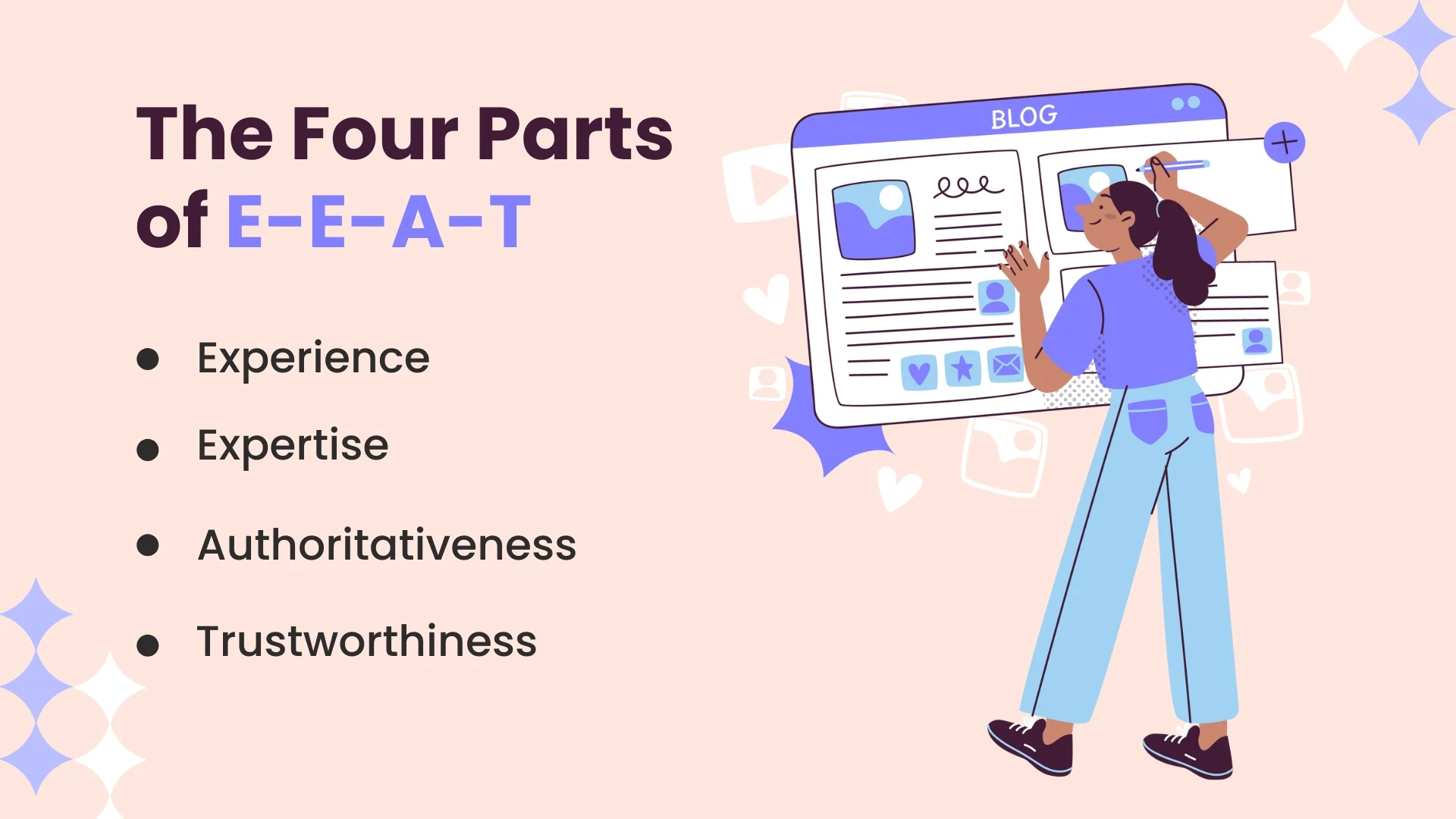
Breaking Down E-E-A-T for Content Marketers
- Experience: Sharing personal anecdotes and case studies adds authenticity to the content. Also, user reviews with photos builds audience trust.
- Expertise: The writer should have expert knowledge on the subject or share verified information from industry experts with data with citations.
- Authoritativeness: The content must have backlinks from reputed sites. Also, the content must mention press coverage and citations from trustworthy publications to establish authority.
- Trustworthiness: The content should be based on accurate, research-oriented data. Also, the website of the content should have HTTPS encryption for website security to gain audience trust.
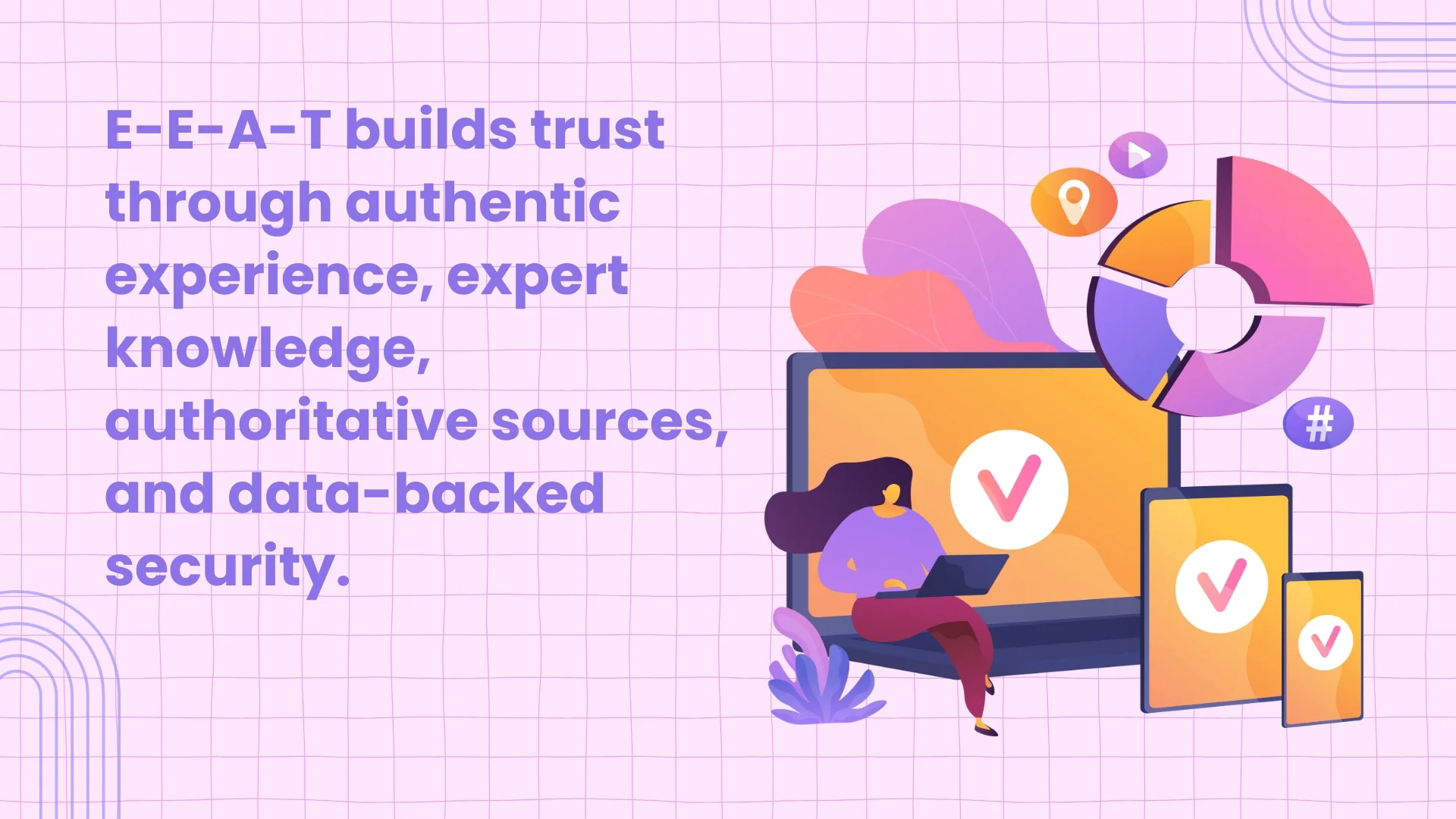
Why is E-E-A-T Crucial for Content Marketing?
- Higher Search Rankings: Content meeting E-E-A-T guidelines show better rank on Google search results
- Increased Audience Trust: Readers trust information furnished in the content with reliable citations and sources
- Greater Engagement: Visitors stay on the page longer and have more interest in content with reliable user experiences
- Better Brand Reputation: Content meeting E-E-A-T guidelines helps to establish the authority of the brand.
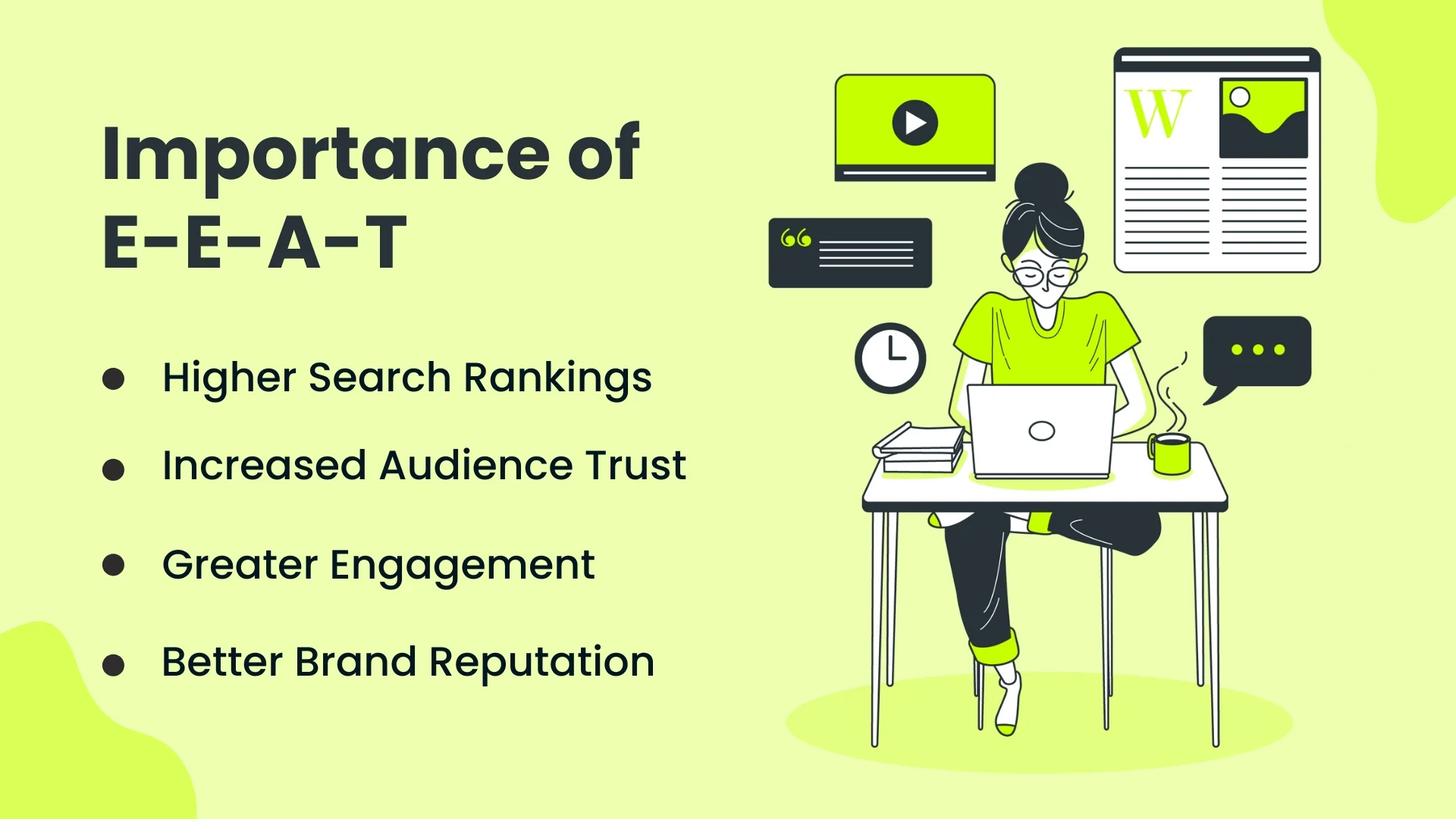
Examples of E-E-A-T in Content Marketing
- Health Blogs – Platforms like WebMD and Mayo Clinic publish expert-reviewed health content.
- Business Insights – Websites like Forbes and Harvard Business Review feature articles from industry leaders.
- Educational Content – Khan Academy and Coursera provide professionally curated knowledge.

How to Apply E-E-A-T in Your Content Marketing Strategy
- Create High-Quality Content – Offer unique insights and actionable advice.
- Showcase Author Credentials – Highlight the expertise of your writers.
- Cite Trusted Sources – Reference authoritative publications and research.
- Build a Strong Online Reputation – Gain reviews and mentions from industry leaders.
- Ensure Website Security – Use HTTPS and implement security best practices.
- Update Content Regularly – Refresh old articles with new insights.
- Address User Intent – Answer common questions and fill information gaps.

FAQs

Q: What is E-E-A-T and YMYL?
A: E-E-A-T is a set of guidelines through which Google evaluates content quality and it means experience, expertise, authoritativeness, and trustworthiness.
The full form of YMYL is Your Money or Your Life. It refers to content that can impact a person’s health, finances, safety, or overall well-being. Hence, such content requires the highest level of accuracy and credibility.
Q: How can you demonstrate first-hand experience in your content to strengthen credibility?
A: Share real-life examples, case studies, or personal experiences such as a travel blogger narrating his own experiences while travelling.
Share videos, photos, or tutorials to establish direct engagement with the audience such as a DIY guide with step-by-step visuals.
Include author bios with reliable and proper credentials such as, “20 years in financial consulting” and link to portfolios.
Q: What strategies effectively establish authoritativeness for niche topics?
A: Associate with industry experts through guest posts, interviews, or co-authored content.
Add backlinks from reputable sources (e.g., mainstream media, academic citations).
Consistently publish in-depth, original analyses like whitepapers and data-driven reports.
Q: How can content marketers balance AI-generated material with trustworthiness?
A: Disclose AI use where necessary and ensure human oversight for accuracy and insights.
Remain transparent by citing sources and correct errors quickly.
Avoid using AI-generated content for sensitive YMYL topics like health or finance, where human expertise or experience is critical for building audience trust.
Q: Why is expertise crucial for YMYL content, and how can it be showcased?
A: YMYL topics require content from certified experts such as doctors, financial advisors, lawyers etc.
Share citations from research by industry experts, or accredited institutions to support the information of the content.
Include disclaimers for potential conflicts of interest.
Q: What on-page signals reinforce trustworthiness in content marketing?
A: Secure website infrastructure (HTTPS), clear contact information, and privacy policies.
Display user testimonials, and industry awards.
Regularly update outdated content.
